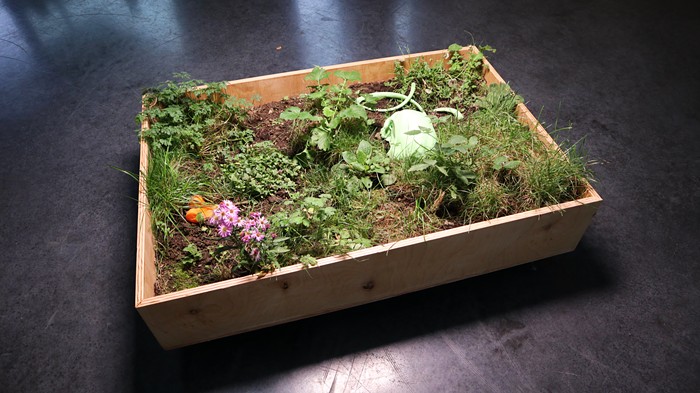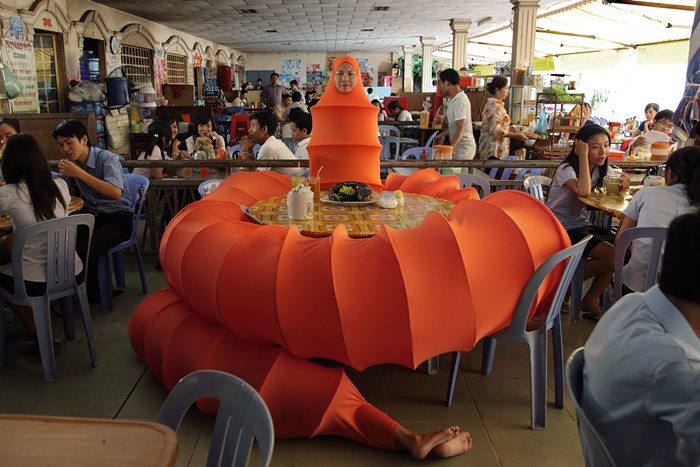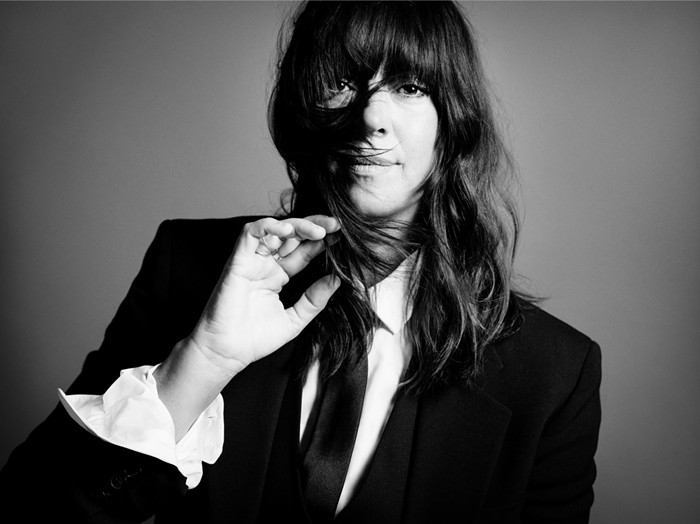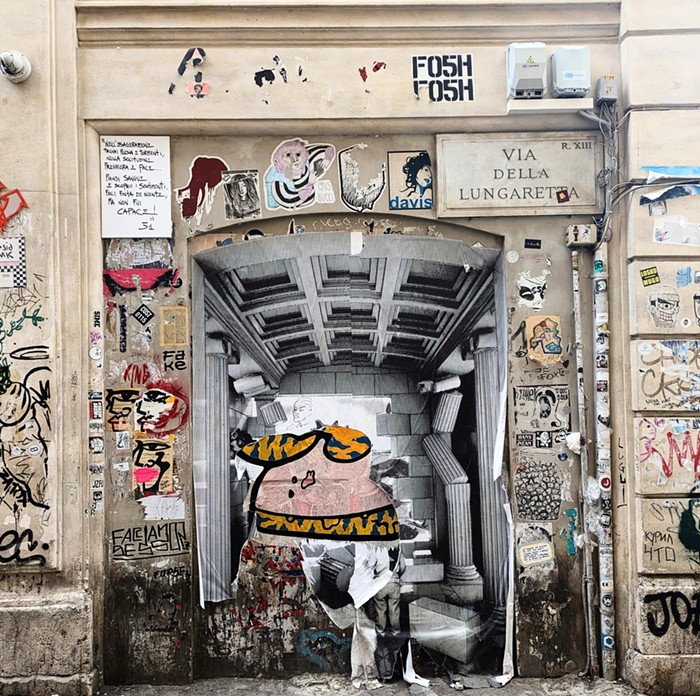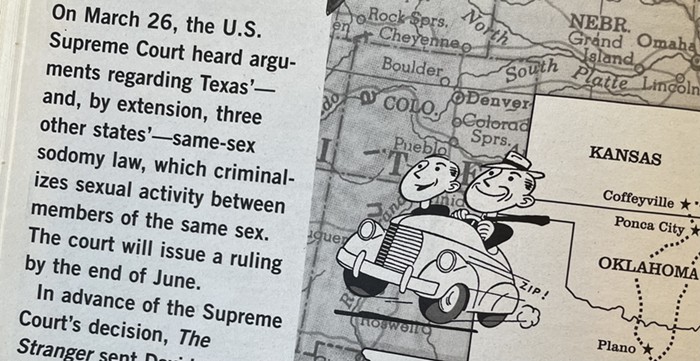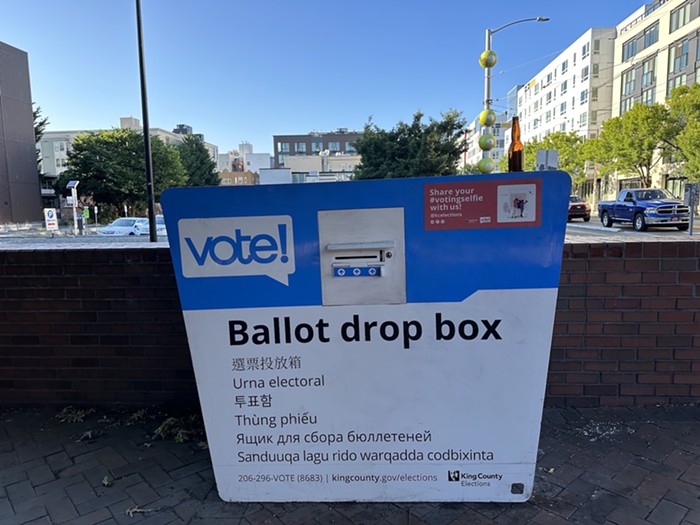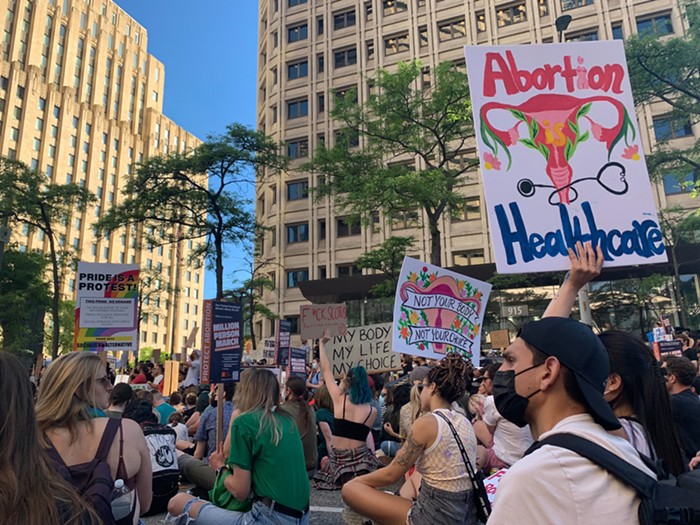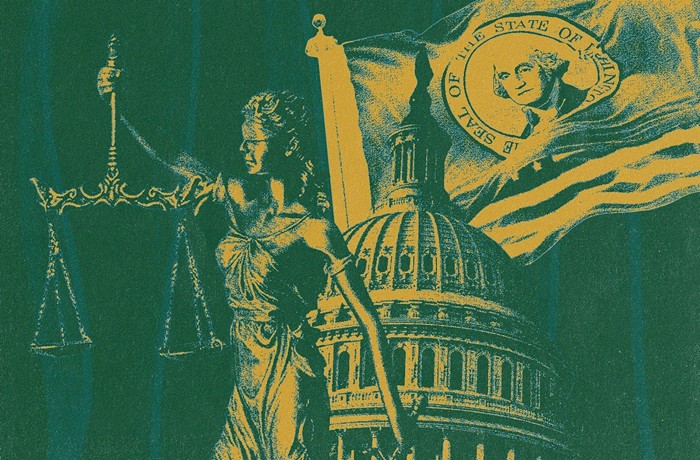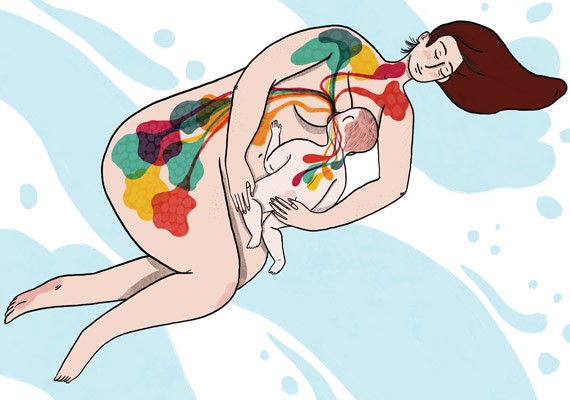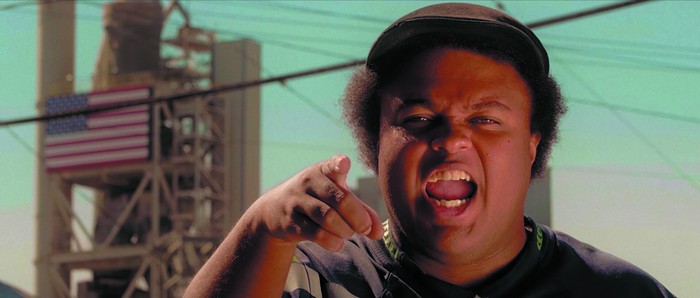In a small room on the top floor of a house in the Central District, a video plays in a continuous loop. I'm going to tell you about the video, but first I want to tell you about the house.
It's called Wa Na Wari, which means "our home" in the Kalabari language of southern Nigeria where artist Inye Wokoma's father was born. The home has been in Wokoma's family for five generations. Assuming guardianship of the estate in 2016, he wanted to find a way to keep the house in the family "for perpetuity," in a historically black neighborhood that's increasingly gentrified, increasingly less black. Turning the house into a black arts space is the first step in that journey.
Wa Na Wari—a collaborative project run by Wokoma and other artists including Elisheba Johnson, Rachel Kessler, and Jill Freidberg—opened in April. The team curates group shows of three to four black artists per month. The current cycle includes excellent work by Xenobia Bailey, Henry Jackson-Spieker, and Marita Dingus, but it was artist Nastassja Swift's video piece in a hot room upstairs that struck a nerve with me.
I think it was the masks. There are three hanging from the ceiling in the room, appearing to float, facing the viewer. They also appear in the video. Larger than life-size, Swift's masks depict black female ancestors with half-closed eyes, hair neatly done in braids, Bantu knots, cornrows, and twists. They reminded me of the smooth Benin ivory masks of the Queen Mother Idia I saw staring at me from my textbook in college. Though Swift's masks are made of needle-felted white wool, their fluffy texture immediately evokes the most American of fibers, cotton.
In the video, Remembering Her Homecoming, black women dancers dressed in white, adorned with the giant wool masks, dance, walk, and sing freedom songs along the Richmond Slave Trail in Virginia. "And before I'd be a slave, I'll be buried in my grave / And go home to my Lord and be free." Two unseen narrators—a poet and a black elder—weave commentary about black womanhood, life, and death over the scene.
Swift's video, no more than 10 minutes long, grapples with the concept of home, being home, having a home, feeling at home in one's body and community. In that way, it fits well at Wa Na Wari. Where do we belong? As I leaned against the back wall of the gallery, watching the video over and over, I imagined this small space as the former room of one of Wokoma's long line of family members. There's a power, a magic, to this ancestral home serving as a black community gathering space. It's a reminder that we've been here, are here, will always be here.
"As a black woman in America, you're always wearing a mask," narrates the poet's voice over the images of these eight women walking, stomping, twirling along the former slave trail. What is revealed through Swift's video is how time is held in the body. These dancers at once enact movements and songs sung by our ancestors while simultaneously revealing the violent and complex history of these places they grew up with.
"When will we be able to take off our masks?" the voice says toward the end of the video. It's night when the women reach the trail's end. Gingerly unmasking themselves, they dance in the streets. What do their bodies remember? What do they carry? What does a homecoming mean for the black community, for black women—a homegoing?



